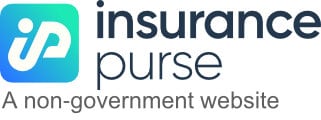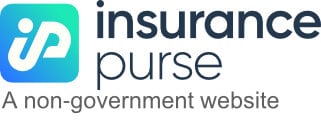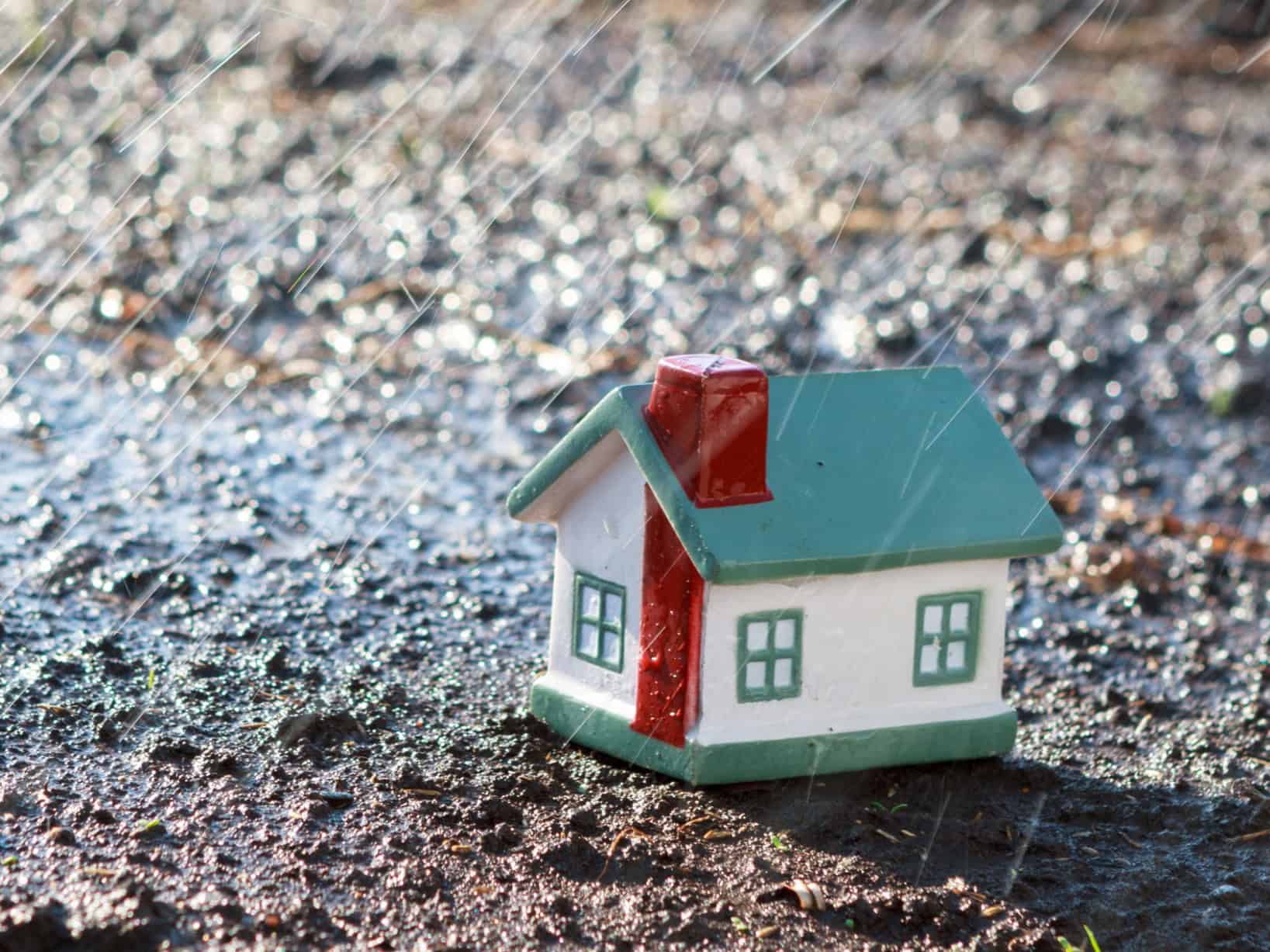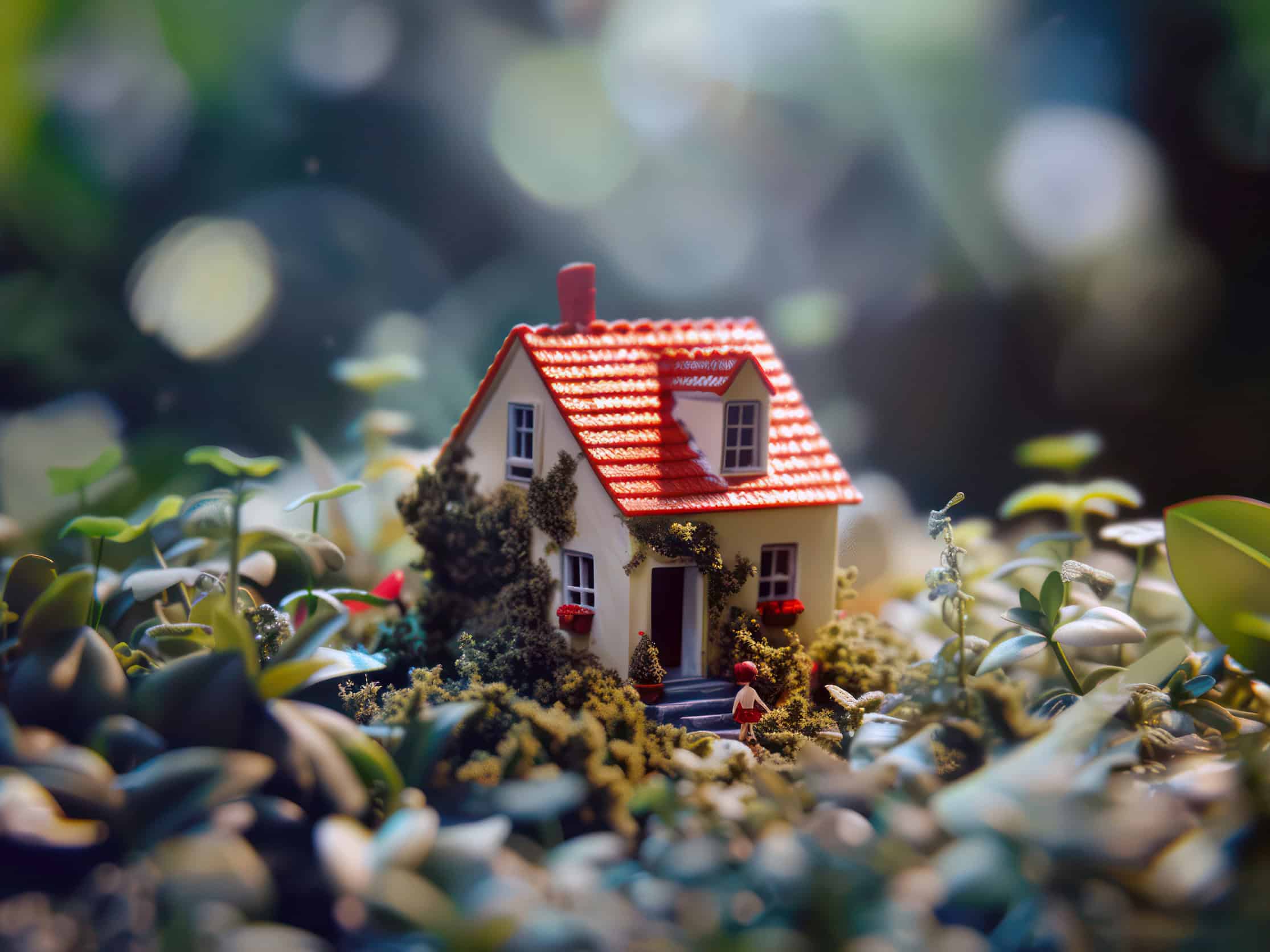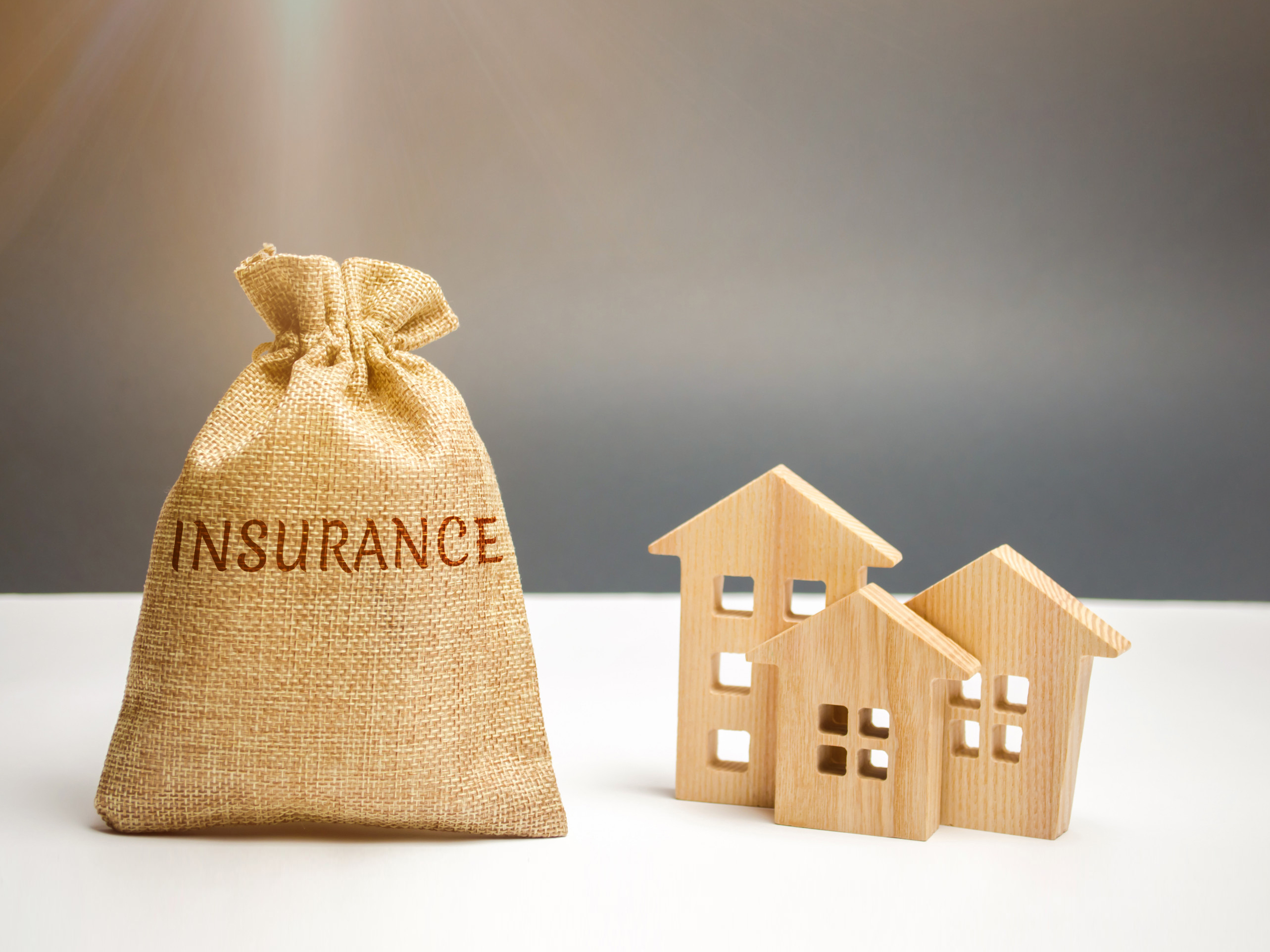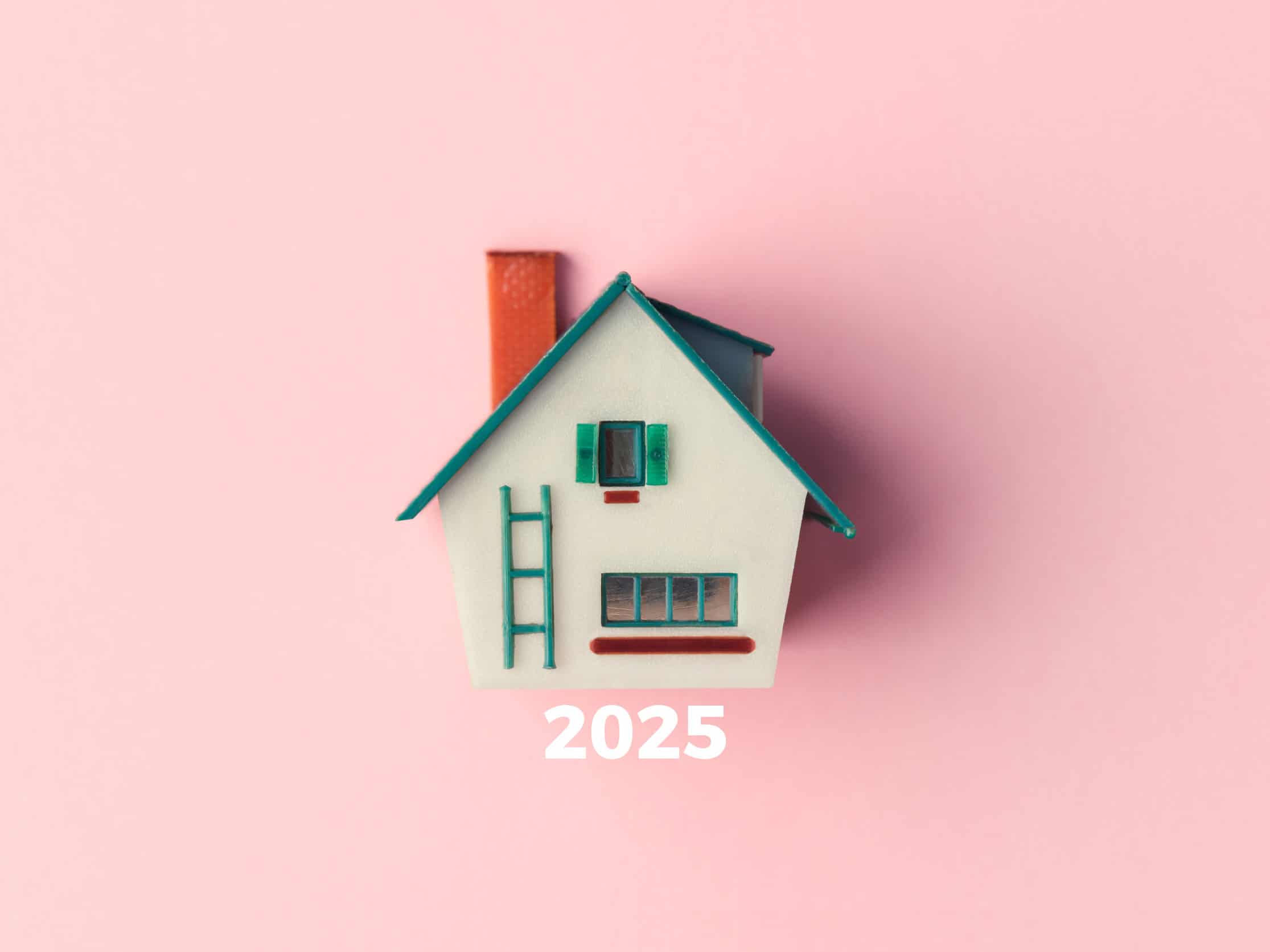Home and Renters Insurance
Home Insurance and Natural Disasters: Are You Prepared?
The increasing frequency of natural disasters, from wildfires to hurricanes, has made many of us think twice about our home insurance coverage. It’s one thing to have insurance, but another to know you’re truly protected if a disaster strikes. In this guide, we’ll dig into what to look for in your policy to ensure it covers everything you might need in the face of extreme weather and natural events. Home Insurance and Natural Disasters isn’t just about having a policy – it’s about having the right one to protect your property, finances, and peace of mind.
Understanding the Link Between Home Insurance and Natural Disasters
With climate risks on the rise, so is the importance of adequate home insurance. Not all policies cover natural disasters, and some only offer limited coverage. Start by understanding what your policy does and doesn’t include. If you live in an area prone to certain disasters, like floods, earthquakes, or hurricanes, double-check that these are specifically covered. For many policies, standard coverage might not be enough, so knowing the difference between basic and extended coverage can make all the difference.
Tip: Ask your insurer for a detailed breakdown of your policy’s natural disaster coverage. Make sure to ask specific questions if you’re in a high-risk area – this can save you from unpleasant surprises later.
Key Coverage Areas to Review in Your Policy
Home insurance policies often cover some types of natural disasters but exclude others. Here are the main areas to consider:
1. Flood Damage
Floods are one of the most common natural disasters, but standard home insurance policies rarely cover them. Flood insurance is usually a separate policy, especially in high-risk areas. The Federal Emergency Management Agency (FEMA) manages the National Flood Insurance Program (NFIP), which can be a great option if you live in a flood-prone area.
- How to get coverage: Check with your insurer or look into NFIP. In some cases, private insurance may also offer flood policies.
- What it covers: Flood insurance can help pay for damage to both the structure of your home and your belongings.
2. Earthquake Insurance
Like flood insurance, earthquake insurance is often an add-on, particularly in places with high seismic activity. Even if you don’t live in California or along a major fault line, it’s still worth considering. Earthquakes can happen in unexpected places and cause costly structural damage.
- How to get coverage: Some private insurers offer earthquake insurance, or you can look into programs specific to your state.
- What it covers: This type of insurance typically covers repair costs for your home and sometimes your possessions, depending on the policy.
3. Hurricane and Windstorm Insurance
Hurricanes, tropical storms, and high winds can do severe damage to homes. If you live in a coastal region or an area prone to these types of storms, review your policy carefully. Some standard home insurance policies cover wind damage, but they may have higher deductibles for hurricane-related incidents or might exclude them altogether.
- How to get coverage: Talk to your insurance agent about hurricane or windstorm insurance if it’s not part of your basic policy.
- What it covers: This add-on generally covers damages caused by high winds, including roof repairs, broken windows, and structural damage.
Ensuring You Have the Right Coverage Limits
Having insurance doesn’t mean you’re fully protected. One of the most common mistakes homeowners make is not having enough coverage. Review your policy’s limits to ensure they’ll cover the cost of rebuilding your home and replacing your belongings. For example, with Home Insurance and Natural Disasters, the replacement value of your home may have increased over time, especially with rising construction costs. Make sure your coverage keeps pace with current costs.
- Replacement Cost vs. Actual Cash Value: Replacement cost coverage means your insurance will pay to replace or repair damaged property at today’s prices, while actual cash value only covers the depreciated value. While replacement cost coverage may have higher premiums, it can be a lifesaver after a disaster.
Additional Living Expenses (ALE) Coverage
If your home becomes uninhabitable due to a natural disaster, additional living expenses (ALE) coverage can help cover temporary housing and other associated costs. This coverage is a standard part of many home insurance policies, but double-check your policy to see the limits.
- How it works: ALE helps with expenses like hotel stays, food, and transportation while your home is being repaired.
- Why it’s important: In a serious disaster, rebuilding your home can take months. ALE coverage provides a safety net during this period.
Preparing for Natural Disasters: Tips for Protecting Your Home
Beyond having the right insurance, proactive steps can help protect your home and reduce damage from natural disasters. Here are some practical tips:
1. Maintain Your Property
Small steps, like trimming overhanging trees and securing loose outdoor items, can prevent wind damage. Clean gutters and downspouts regularly to help manage heavy rainfall and reduce the risk of flooding. Reinforcing your roof, windows, and doors can also make your home more resilient.
2. Create an Emergency Plan
Make sure everyone in your household knows what to do in the event of a natural disaster. Create a go-bag with essential items and important documents. In high-risk areas, familiarize yourself with evacuation routes and stay informed on emergency alerts.
3. Document Your Belongings
In case you need to file a claim, having documentation of your belongings can streamline the process. Take photos or videos of each room in your house and keep a written inventory of valuable items. Store these records in a safe, accessible place or back them up digitally.
Understanding the Claims Process for Natural Disasters
Filing a claim after a disaster can feel overwhelming, but understanding the process in advance helps reduce stress. Here are steps to take if you ever need to file a claim for Home Insurance and Natural Disasters:
- Contact Your Insurance Company: Notify your insurer as soon as possible. They’ll guide you on the next steps, including documenting the damage and any required repairs.
- Document the Damage: Take pictures and videos of all areas affected. Make a detailed list of damaged belongings, including receipts if you have them.
- Make Temporary Repairs: Prevent further damage by making necessary temporary repairs, like covering broken windows or patching up leaks. Keep receipts for any expenses, as your insurer may reimburse you.
- Follow Up with Your Adjuster: Stay in touch with your insurance adjuster and provide any requested information quickly. A smooth communication flow can help speed up the claims process.
Reviewing and Updating Your Policy Regularly
Home insurance needs can change, especially with increasing risks from natural disasters. It’s smart to review your policy each year to make sure it’s keeping up with your home’s value and the changing risk landscape. If you’ve made home improvements or purchased valuable items, consider adjusting your coverage accordingly. Preparing for natural disasters isn’t just about having insurance – it’s about ensuring you have the right kind.
Are You Prepared?
Ensuring your home insurance policy covers natural disasters can bring you peace of mind, especially with unpredictable climate patterns. With the right coverage, you’ll protect your home, finances, and lifestyle, no matter what comes your way. Home Insurance and Natural Disasters might seem like an overwhelming topic, but by breaking it down and asking the right questions, you can get the protection you need and stay one step ahead.
